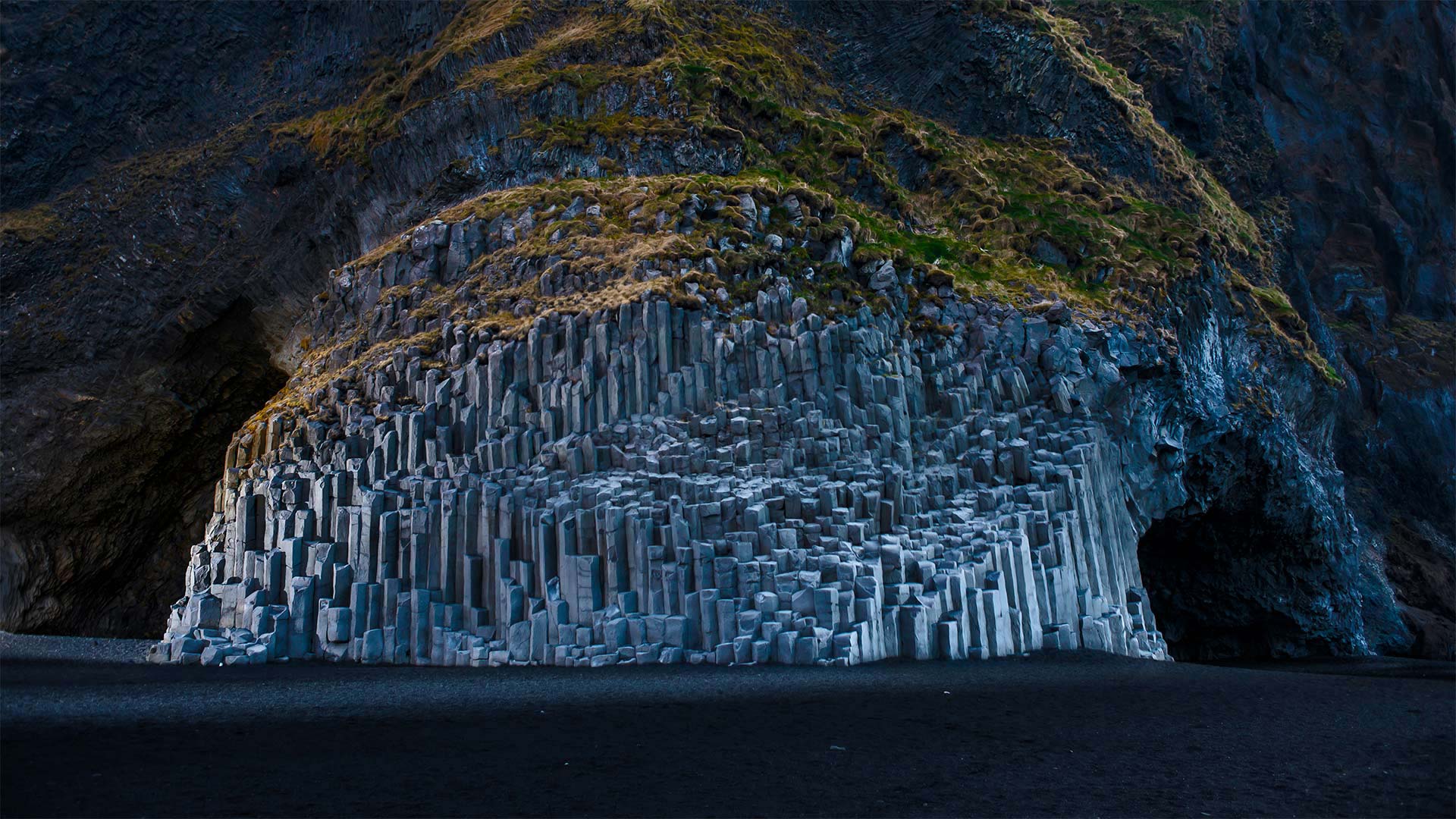Incinerators are widely used for waste disposal, and there are various designs available to choose from. Each design comes with its own set of pros and cons, which should be carefully considered when selecting the right incinerator for a specific application. Let’s take a closer look at the pros and cons of different incinerator designs.
1. Multiple Hearth Incinerator:
– Pros:
– It is suitable for high moisture content and high calorific value waste.
– It has a long residence time for complete combustion.
– It can handle large volumes of waste.
– Cons:
– It requires a large amount of space.
– It is more expensive to build and maintain compared to other designs.
2. Rotary Kiln Incinerator:
– Pros:
– It is versatile and suitable for various types of waste, including solids, liquids, and sludge.
– It has a high throughput capacity.
– It can achieve high temperatures for efficient combustion.
– Cons:
– It requires frequent maintenance due to the moving parts.
– The operation can be noisy and generate vibrations.
3. Liquid Injection Incinerator:
– Pros:
– It is specifically designed for the combustion of liquid waste.
– It is energy-efficient as it utilizes waste-derived fuel for the combustion process.
– It can achieve high combustion temperatures to ensure complete destruction of hazardous waste.
– Cons:
– It may require additional treatment of the flue gas to comply with emission standards.
– It is not suitable for solid or sludge waste.
4. Air Curtain Incinerator:
– Pros:
– It is a simple and cost-effective design.
– It can be used for on-site disposal of agricultural and forestry waste.
– It achieves good mixing and combustion of waste materials.
– Cons:
– It may not be suitable for certain types of waste, such as hazardous materials.
– It may produce more emissions compared to other designs.
5. Controlled Air Incinerator:
– Pros:
– It provides better control of the combustion process and the combustion air supply.
– It is suitable for the incineration of medical and hazardous waste.
– It can achieve high combustion efficiency and low emissions.
– Cons:
– It requires specialized expertise for operation and maintenance.
– It may have higher capital and operating costs compared to other designs.
In conclusion, the selection of an appropriate incinerator design should consider the specific requirements of the waste to be treated, as well as the regulatory and environmental considerations. Each design comes with its own advantages and limitations, so it is important to carefully evaluate the pros and cons before making a decision. Ultimately, the goal is to choose an incinerator design that can effectively and safely dispose of the waste while minimizing the impact on the environment.






